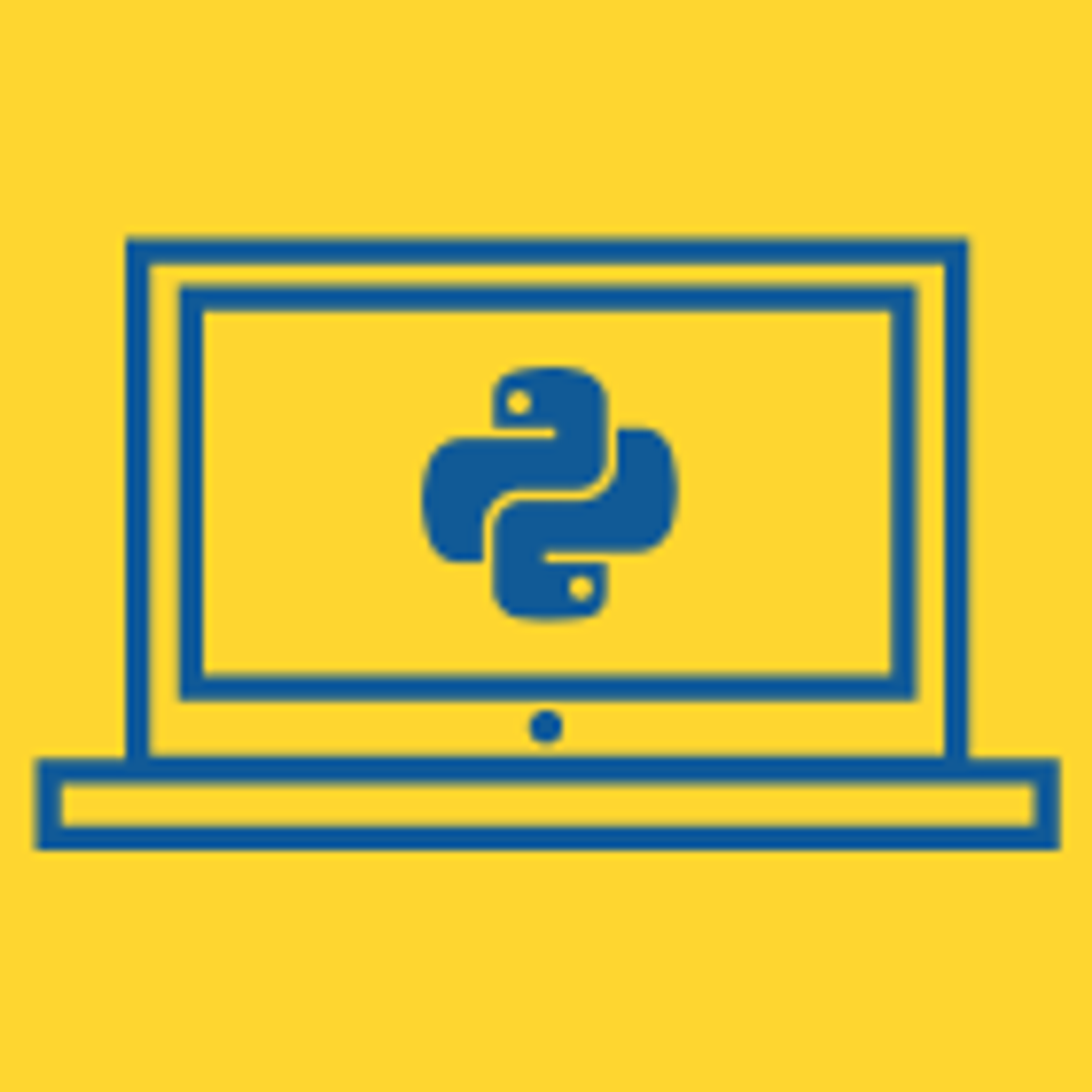Back to Courses









Computer Science Courses - Page 24
Showing results 231-240 of 2309
Software Processes and Agile Practices
This course delves into a variety of processes to structure software development. It also covers the foundations of core Agile practices, such as Extreme Programming and Scrum.

Scrum Master Certification Exam Preparation
This course is designed to help Scrum beginners review knowledge in order to prepare to take the Scrum Master Certification Exam. We will review several of the Scrum Methodologies and the Sprint process as well as complete several exercises and discussions.
This is a standalone course, however we recommend completing the Scrum Master Certification specialization courses prior to beginning this one, as the methodologies and exercises within those courses are the foundations for this exam preparation course.

Securing Cisco Switches with Port Security
Welcome to the CCNA 1.5: Securing Cisco Switches with Port Security. This project is the fifth in the CCNA learning series that is designed to help you acquire the hands-on skills required to pass the CCNA certification exam.
In this 2-hour guided project, you will secure Cisco Local Area Networks by disabling unused switch ports, implementing different port security modes, and verifying port security settings on Cisco switches.

Leverage a Johari Window to Develop Strong Teams in Miro
By the end of this project, you will be able to develop strong teams by illustrating and improving self-awareness and growing understanding between team members.
To do this, you will gain hands-on experience leveraging the Johari Window model in the Miro online visual collaboration platform for teamwork.
Note: This course works best for learners who are based in the North America region. We’re currently working on providing the same experience in other regions.

Python Basics: Selection and Iteration
Code and run your first python program in minutes without installing anything!
This course is designed for learners with no coding experience, providing a solid foundation of not just python, but core Computer Science topics that can be transferred to other languages. The modules in this course cover printing, operators, iteration (i.e., loops), and selection (i.e., conditionals).
To allow for a truly hands-on, self-paced learning experience, this course is video-free. Assignments contain short explanations with images and runnable code examples with suggested edits to explore code examples further, building a deeper understanding by doing. You'll benefit from instant feedback from a variety of assessment items along the way, gently progressing from quick understanding checks (multiple choice, fill in the blank, and un-scrambling code blocks) to small, approachable coding exercises that take minutes instead of hours.

Packet Switching Networks and Algorithms
In this course, we deal with the general issues regarding packet switching networks. We discuss packet networks from two perspectives. One perspective involves external view of the network, and is concerned with services that the network provides to the transport layer that operates above it at the end systems. The second perspective is concerned with the internal operation of a network, including approaches directing information across the network, addressing and routing procedures, as well as congestion control inside the network.

Build and Implement Microservices Patterns
Do you think an e-commerce application can be created as one large application?
Imagine there is an ongoing sale, or some new features are to be added. How, according to you are the changes made visible on the application? Microservices is a cloud-based architectural approach. It contains loosely coupled, and independently deployable smaller services that are put together cohesively to develop and work on larger, and more complex applications. This approach is being increasing recognized among the business leaders of today, as it helps them structure their operation model and manage their teams according to their requirements. This course will enable you to create an application using multiple microservices. It will provide you hands-on practice on building microservices using Node.js and help establish communication between the microservices.

Graphic Design: Make Interior's Project Mood Boards in Gimp
In this 1-hour long project-based course, you will learn how to:
- Design simple mood boards to visually present your projects
- Get started with GIMP 2.10 editing tools
- Recognise mood boards essential components.
By the end of this project, you will learn how to use Gimp to create a simple mood board to present interior design ideas to your clients. Mood boards can be used as an efficient eye-catching tool to visually present the idea of a project and engage the client with the feeling of its realization. You can use them in graphic and set design, architecture and interior design, home decor and retail, event planning and curating, fashion and photography, editorial planning...Indeed, any field in which a project needs to be presented in a visually, intuitive way!
GIMP version 2.10 is a cross-platform image editor available for many of the most popular operating systems. It is largely used by graphic designers, illustrators, artists, or photographers as an open-source alternative to image editing software. Its interface is user-friendly so it can be enjoyed by anyone interested or involved in jobs related to graphics and visual arts.
Note: This course works best for learners who are based in the North America region. We’re currently working on providing the same experience in other regions.

Advanced Styling with Responsive Design
It used to be the case that everyone viewed webpages on about the same size screen. But with the explosion of the use of smartphones to access the Internet, the landscape of design has completely changed. People viewing your site will now expect that it will perform regardless of the platform (smartphone, tablet, laptop, or desktop computer). This ability to respond to any platform is called responsive design.
This course will expand upon the basic knowledge of CSS3 to include topics such as wireframes, fluid design, media queries, and the use of existing styling paradigms such as Bootstrap. After the course, learners will be able to:
** Explain the mobile-first paradigm and the importance of wireframes in the design phase
** Create sites that behave across a range of platforms
** Utilize existing design frameworks such as Bootstrap
This is the fourth course in the Web Design For Everybody specialization. A basic understanding of HTML and CSS is expected when you enroll in this class. Additional courses focus on adding interactivity with the JavaScript Programming Language and completing a capstone project.

Named Entity Recognition using LSTMs with Keras
In this 1-hour long project-based course, you will use the Keras API with TensorFlow as its backend to build and train a bidirectional LSTM neural network model to recognize named entities in text data. Named entity recognition models can be used to identify mentions of people, locations, organizations, etc. Named entity recognition is not only a standalone tool for information extraction, but it also an invaluable preprocessing step for many downstream natural language processing applications like machine translation, question answering, and text summarization.
This course runs on Coursera's hands-on project platform called Rhyme. On Rhyme, you do projects in a hands-on manner in your browser. You will get instant access to pre-configured cloud desktops containing all of the software and data you need for the project. Everything is already set up directly in your internet browser so you can just focus on learning. For this project, you’ll get instant access to a cloud desktop with Python, Jupyter, and Keras pre-installed.
Notes:
- You will be able to access the cloud desktop 5 times. However, you will be able to access instructions videos as many times as you want.
- This course works best for learners who are based in the North America region. We’re currently working on providing the same experience in other regions.
